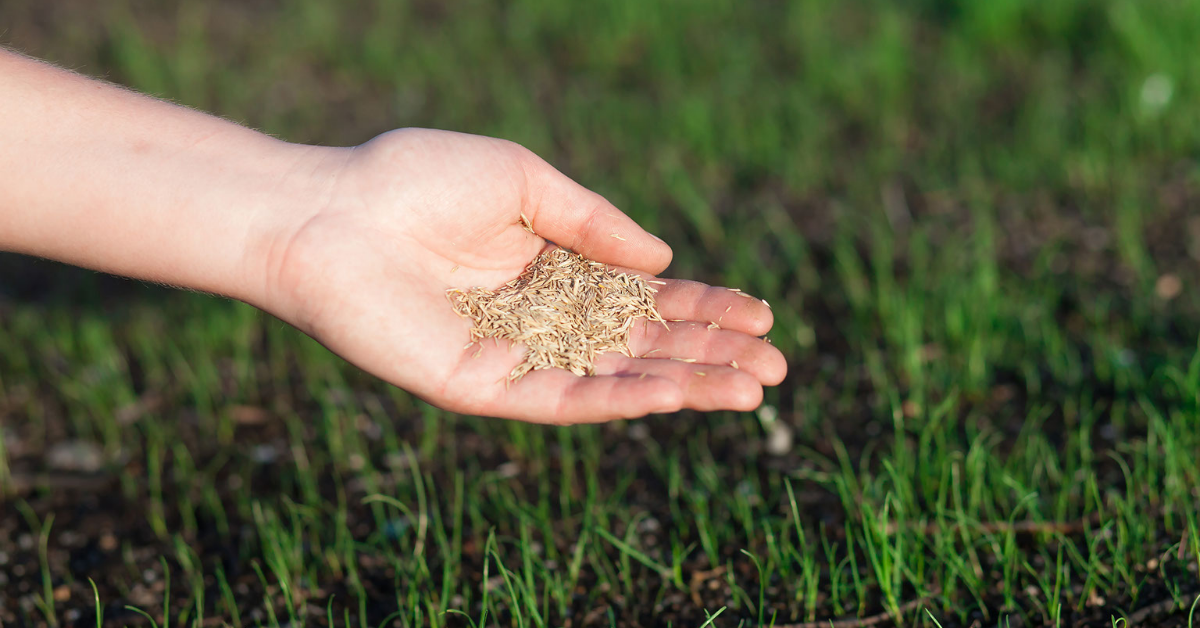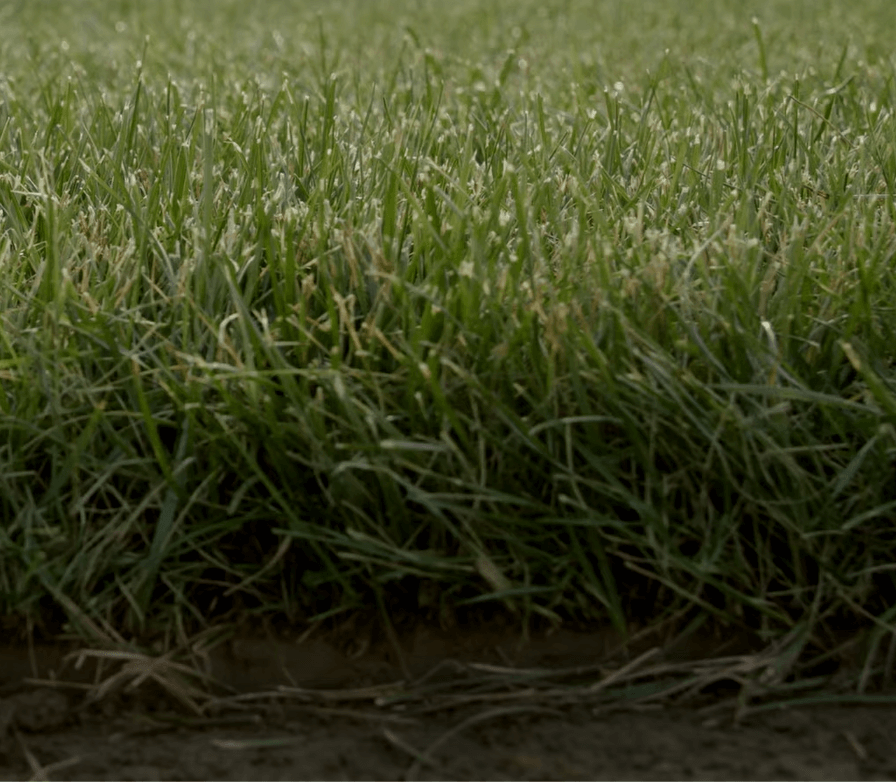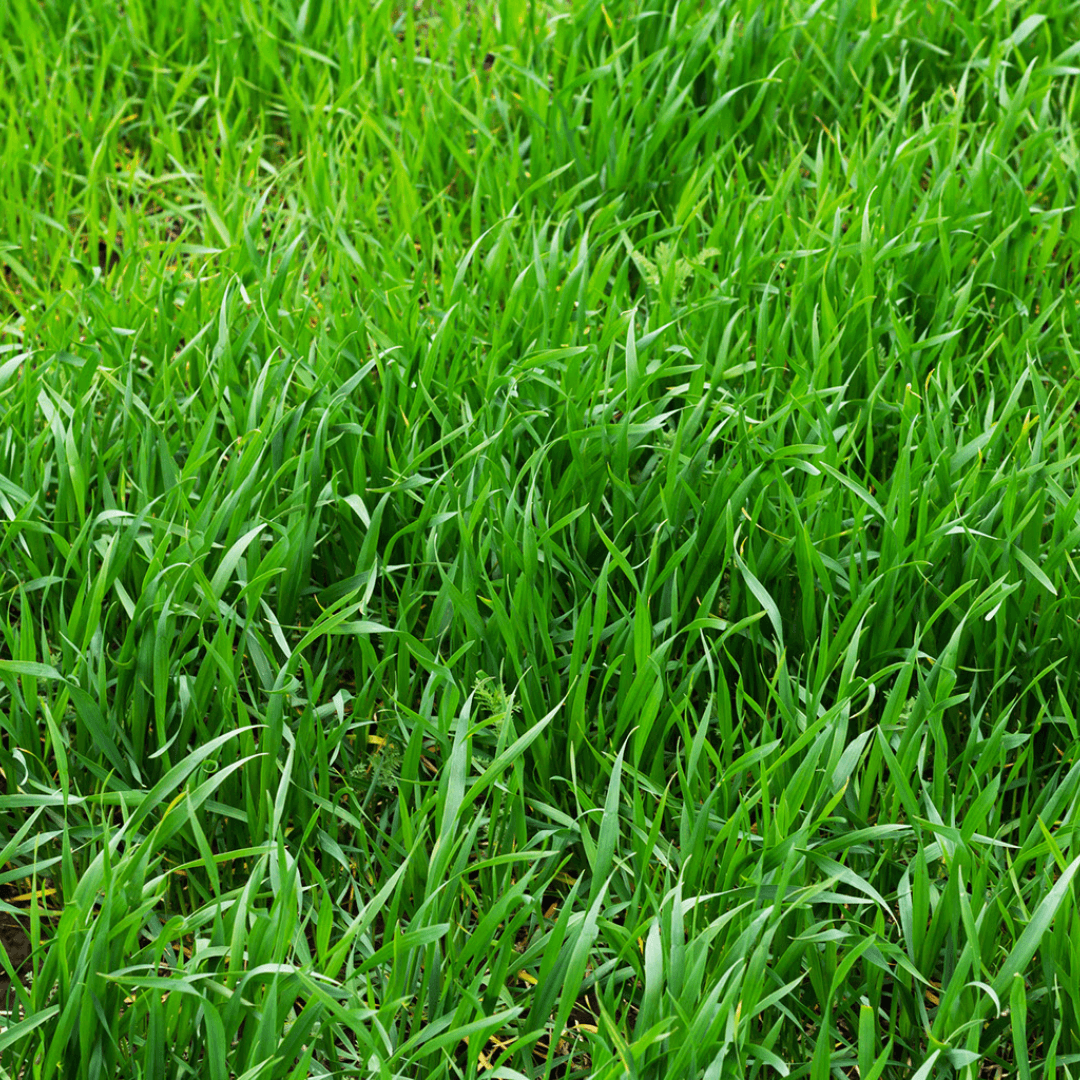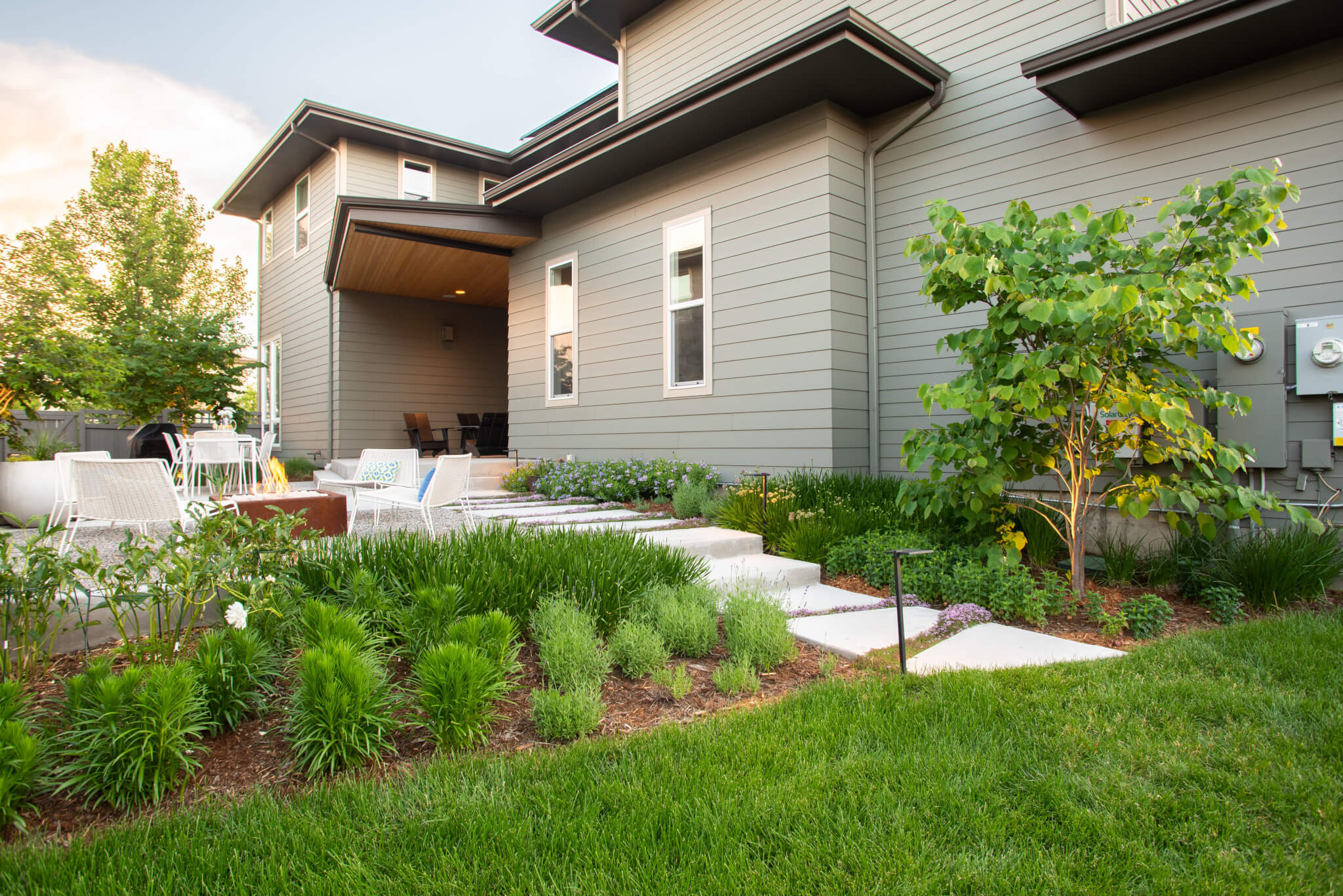
Drought Resistant Grass, Turf, & Sod – an Expert Colorado Guide
Living in a dry climate like Colorado can make keeping your lawn looking its best a challenge. With intense periods of drought, heat, and wind commonly making an appearance throughout the Summer, it’s important to find grass varieties that are well-suited to our unique climate. Luckily, there are many options available for drought-resistant grass, turf, and sod solutions that will help you keep your lawn healthy while keeping water consumption low. In this blog post, we’ll provide an expert guide on how to choose the right products for your Colorado lawn so you can enjoy great-looking grass with minimal effort – no matter what Mother Nature throws at you!
Sod, seed, and turf are all popular options when it comes to lawn installation or restoration. Sod is essentially grass and soil with mature roots that are rolled up and transported to the installation site. Since it is already fully established, sod provides an instant lawn that is ready to use. Seed, on the other hand, requires planting and consistent watering for several weeks until it grows into a lawn. This option is great for those who want to customize their lawn and have more control over the growth process. Turf is unique in that it is a blend of live grass blades and synthetic materials, which can offer a longer lifespan and better resistance against wear and tear. This blended option is usually quite expensive and usually reserved for professional sports fields such as Coors and Empower Field in Denver. Whatever your preferences may be, understanding the differences between these three popular lawn options can help you make an informed decision for your own yard.
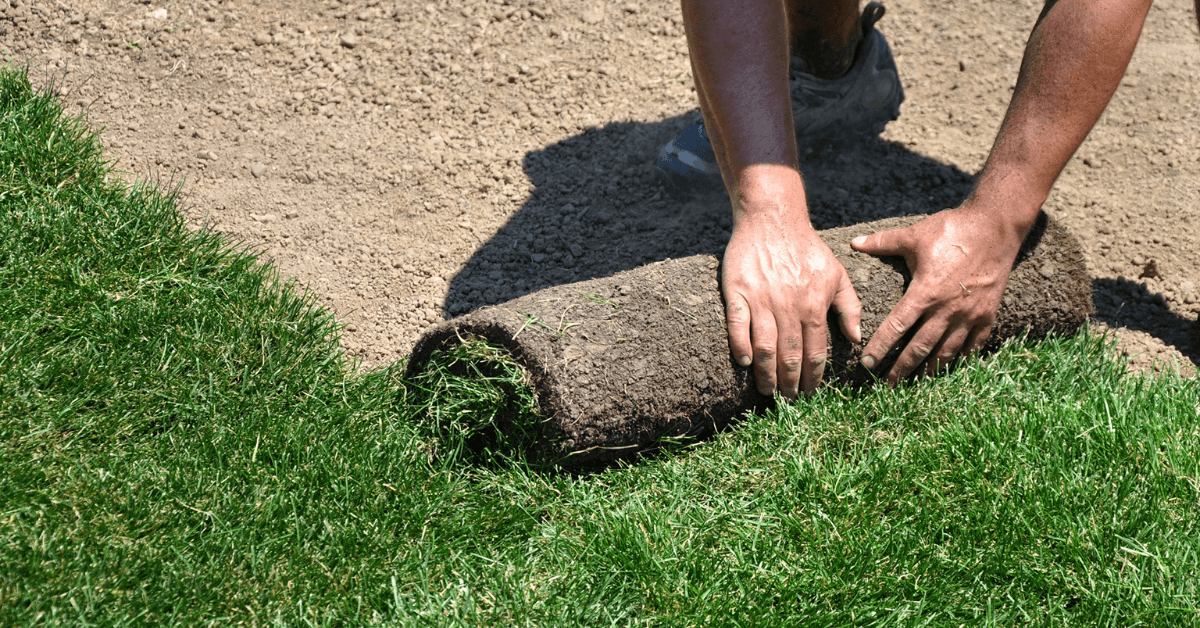
Understanding Colorado’s Drought Cycle
Colorado is no stranger to drought cycles, which can pose a serious threat to its delicate ecosystem. In fact, the state has faced some of its most severe droughts in the last two decades, causing widespread damage to crops, forests, and even homes. It’s important, then, to understand the drought cycle and how it affects your property. By being aware of the factors that can lead to droughts, like rising temperatures, red flag warnings, and decreasing precipitation, you can take steps to conserve water and preserve your land. This might include implementing water-saving measures like reducing irrigation or installing low-flow fixtures. Additionally, if you own property near forests or grasslands, it’s important to be aware of the risks of wildfire, which can be exacerbated by drought conditions. With some careful planning and attention, though, you can protect your property and thrive in Colorado’s ever-changing climate.
Selecting the Right Grasses
When it comes to planning a drought-resistant landscape, there are several key factors to consider. First and foremost, it’s important to choose grasses that have low water requirements. This will ensure that your lawn stays healthy and vibrant, even during the hot summer months. Additionally, you’ll want to look for grasses that are heat-tolerant, as Colorado can experience some scorching temperatures throughout the year. Durability is also important, as you’ll want grasses that can withstand heavy foot traffic and other types of wear and tear. When choosing between different varieties, consider your location, season-specific climatic regions, city vs rural, and elevation. For Instance, if you own property in the high alpine climate of Summit County, you may want to consider grasses suitable for hard winters and dry summers. If you are working with property in an urban environment, consider the impact the grass will have on the surrounding environment or the municipal water supply. There could be an incentive program within your municipality! With the right research and planning, you can create a beautiful, resilient lawn that can withstand Colorado’s unique weather patterns and conditions.
Examples of Good Drought-Resistant Turf & Grass in Colorado
Bermuda Grass
This grass is a highly adaptive grass that can thrive in a wide range of soil types and can withstand heavy foot traffic. Bermuda grass features a dense and fine texture that creates a visually appealing and uniform turf. Additionally, Bermuda grass has a high tolerance for drought conditions, which is particularly useful in Colorado’s often dry summers. Maintaining Bermuda grass requires regular mowing, adequate watering, and soil fertilization. Bermuda grass requires full sun to grow well and may struggle in areas with partial or full shade. This can be a disadvantage for homeowners with trees or other shading structures on their property.
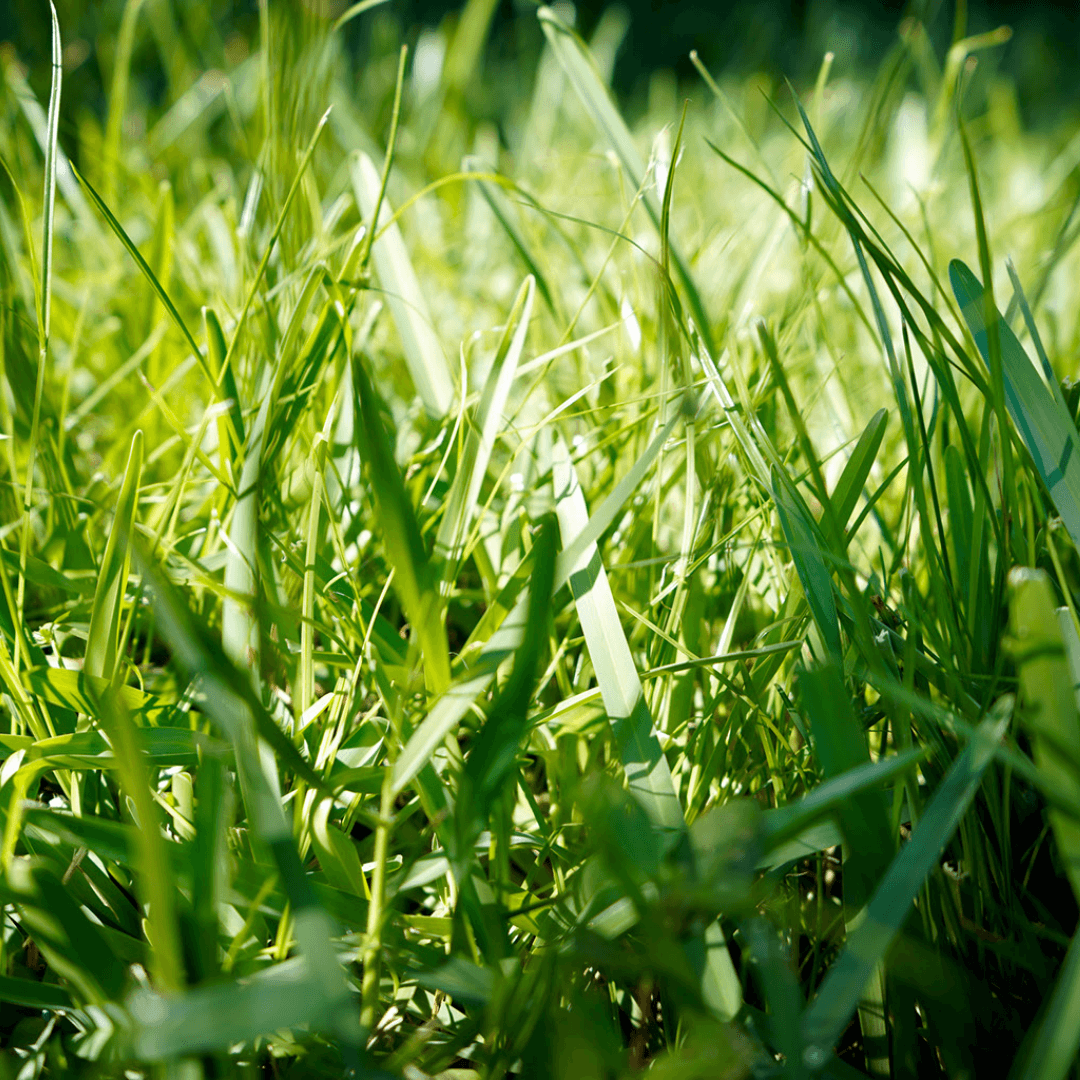
Black Beauty Grass
This grass is marketed as an exceptionally dark green grass variety that can withstand a wide range of growing conditions. One of the key features of Black Beauty turf grass is its extensive root system, which can grow up to 4 feet deep. This allows the grass to access water and nutrients deep within the soil, making it more resilient during dry periods. In addition, Black Beauty turf grass has a waxy coating on its leaves that helps to preserve moisture and protect the grass from disease. This can help to maintain a healthy, vibrant lawn even in challenging growing conditions. Black Beauty turf grass is also known for its durability and adaptability. Overall, Black Beauty turf grass is a popular choice for homeowners and landscapers who want to create a lush, healthy lawn that can withstand a wide range of growing conditions.
Fescue Grass
This cool-season grass can withstand freezing temperatures and droughts while still maintaining its vibrant green color. Fescue grasses are also great for erosion control as they have extensive root systems that hold soil in place. The adaptability of fescue grasses also allows them to thrive in shadier areas of a lawn, making it a versatile option for any landscaping project. Fescue grass is a cool-season grass that does not tolerate high temperatures well. In areas with hot summers, the grass may go dormant or die off entirely, requiring reseeding or replanting in the fall.
Installing Sod in Colorado
Installing sod in Colorado requires careful preparation and attention to detail. Before beginning the installation process, it’s important to assess the soil and ensure that it’s properly aerated and free of debris. Colorado’s high elevation and unpredictable weather also mean that choosing the right type of sod is crucial for ensuring your lawn stays healthy and lush throughout the year. Once you’ve selected your sod, it’s time to begin the installation process. This typically involves laying the sod in a staggered pattern, ensuring that each piece is pressed firmly into the soil to establish strong root growth. Finally, it’s important to water the sod thoroughly after installation to encourage healthy growth and help it establish itself in its new home. With the right preparation and technique, installing sod can result in a beautiful, vibrant lawn that will last for years to come.
Sod Soil Amendments
Sod soil amendments are materials added to the soil before laying sod to improve its quality and ensure the healthy growth of the sod. These amendments can include organic matter such as compost or peat moss, as well as inorganic materials such as sand or perlite. The purpose of sod soil amendments is to create fertile, well-draining soil that provides the right balance of nutrients and moisture for the grass to thrive. Adding organic matter can improve the soil’s structure, which will help with root development and water retention. Inorganic materials like sand can help to improve soil drainage and prevent the soil from becoming too compact. When applying sod soil amendments, it is important to carefully mix them into the top few inches of soil before laying the sod. This ensures that the amendments are evenly distributed throughout the soil and provide the best possible growing conditions for the sod. The amount and type of amendment needed can vary depending on the existing soil conditions, the type of sod being installed, and other factors specific to the project.
Installing Seed in Colorado
Installing seed grass in Colorado can be a rewarding project for any lawn enthusiast looking to create a beautiful and healthy outdoor space. Colorado’s unique climate requires some specific considerations when choosing the right type of grass seed. It’s important to choose a drought-tolerant variety that can handle the state’s hot summers and cold winters. Proper soil preparation is also crucial for seed germination and healthy growth. Timing is also essential to ensure the seed is planted at the right time for optimal growth. Always make sure to check the instructions on the packaging or ask an expert. Once planted, it is important to minimize the impact on the area. If you have kids or dogs that enjoy your lawn, consider having them play somewhere else temporarily so that the seed can germinate properly. Overall, installing seed grass in Colorado requires careful planning and attention to detail, but the end result is a beautiful and resilient lawn that will last for years to come.
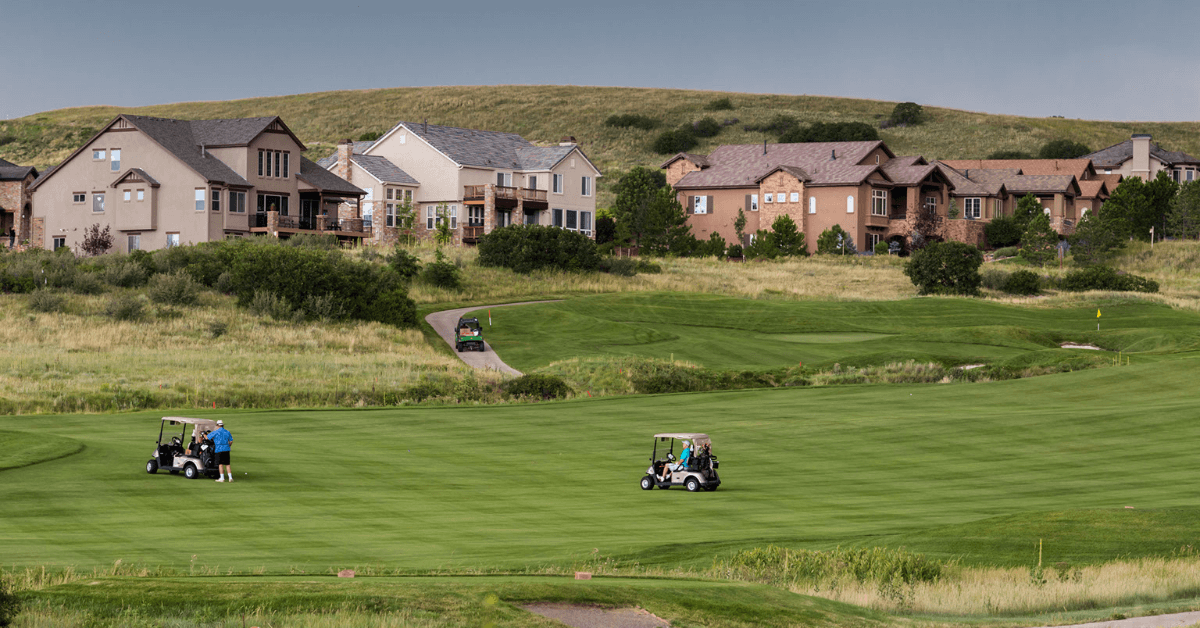
Maintaining the Grass Through Winter
Although winters in Colorado can be harsh, there are steps homeowners can take to maintain a healthy lawn throughout the season. One of the most crucial aspects is to monitor the grass moisture, even when it’s cold outside. Cold weather doesn’t equate to wet weather, and irrigation systems are usually shut off during this time. It is important to water your lawn during prolonged times of dry weather during winter months. While it may seem counterintuitive to water during freezing temperatures, it’s essential to prevent the roots from drying out and damaging the turf. Additionally, homeowners should adjust their mowing habits according to the growth rate of the grass. When the weather is chilly, the herb growth will slow down, so it’s not necessary to mow the lawn as frequently. Finally, fertilization is another key factor in maintaining a thriving lawn through the winter months. A high-phosphorus fertilizer, applied before the first snowfall, can strengthen the roots and boost the grass’s resistance to cold weather. With proper care, Colorado homeowners can have lush, green grass during even the coldest winter months.
Additional Considerations and Tips for Drought-Resistant Grass
Minimizing water usage is a crucial consideration for all property owners. Supplemental irrigation methods such as drip irrigation or smart watering systems are great ways to optimize water usage further. Additionally, for those looking to enhance the overall resilience of their grass, lawn care practices such as mowing heights, aeration, and soil amendments are key. If you’re starting from scratch, it’s important to focus on the steps necessary to establish a drought-resistant lawn. However, for those already maintaining an existing lawn, the focus should be on replacing existing grass with more drought-resistant varieties. Individuals who manage and maintain Commercial properties, as well as homeowners should take budget and planning considerations into account, with commercial properties likely requiring a more extensive plan. It is essential to be on the lookout for red flags or warning signs that may indicate that your grass is struggling and may need extra care. Keeping these tips and considerations in mind will reduce water usage and promote the growth of healthy, drought-resistance lawns.
Maintain your lawn with Environmental Designs
The sky’s the limit when it comes to improving your outdoor living space. You have the potential to create an oasis that is as beautiful and inviting as you dream of. By investing in drought-resistant grass, turf, and sod, you can transform your outdoor space into a showstopper. With innovative solutions from Environmental Designs, you can expect quick, efficient services with minimal disruptions to your daily routine. Whether it’s drought-tolerant pieces or other elements that help bring magic to your garden, Environmental Designs should be your first port of call. Let our experts take care of everything from residential landscape installation and maintenance to overall advice on getting the perfect lawn results for you! Don’t settle for anything else; let the professionals at Environmental Designs help realize those dreams and provide you with a lawn of beauty that’s sure to impress your friends.


